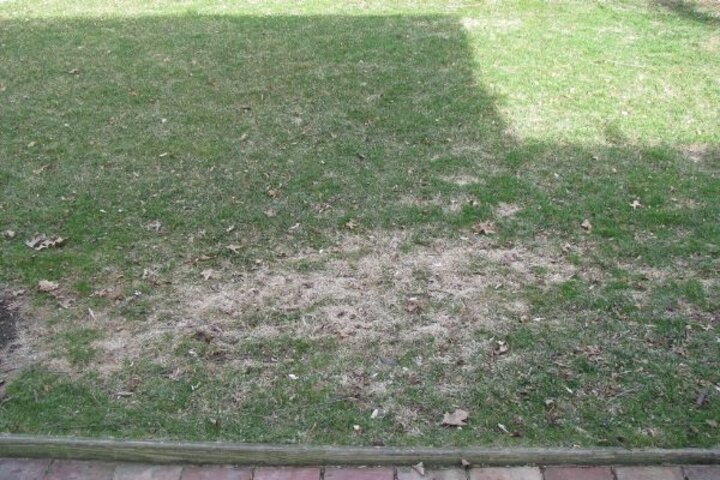Salty Snow and Slush Damage

As snow and ice are cleared from the driveway and sidewalk, there may be more than frozen water in the shovel.
No one likes to slip and fall on the concrete, which is why applying ice melt products is a routine procedure in winter. Unfortunately, many homeowners get carried away and over-apply it. How much is too much? Well, if you can see more ice melt product than ice after you apply it, it’s too much. A light sprinkling will suffice in most situations. If it’s not enough to melt the ice satisfactorily, another light sprinkling will certainly do the job.
Why is there such a great concern? Two reasons. First, potential damage to the concrete. Heavy applications will cause flaking and degradation of a driveway or sidewalk, especially newer ones. Second, heavy applications will cause damage to turf and ornamentals adjacent to the concrete.

So, how can it be avoided? Four ways. Use ice melt sparingly; again, the light sprinkling method. Second, choose ice melt products according to the active ingredient. Sodium chloride is the most effective, but by far, the most caustic. Potassium chloride is a close second. Instead, calcium chloride and calcium magnesium acetate are better choices. Third, use equal parts ice melt product and sand. This mix will provide traction, with less damage to the landscape. Fourth, scoop and deposit salty slush into various parts of the landscape instead of making one large pile to avoid over-application.
This article was reviewed by Nicole Stoner